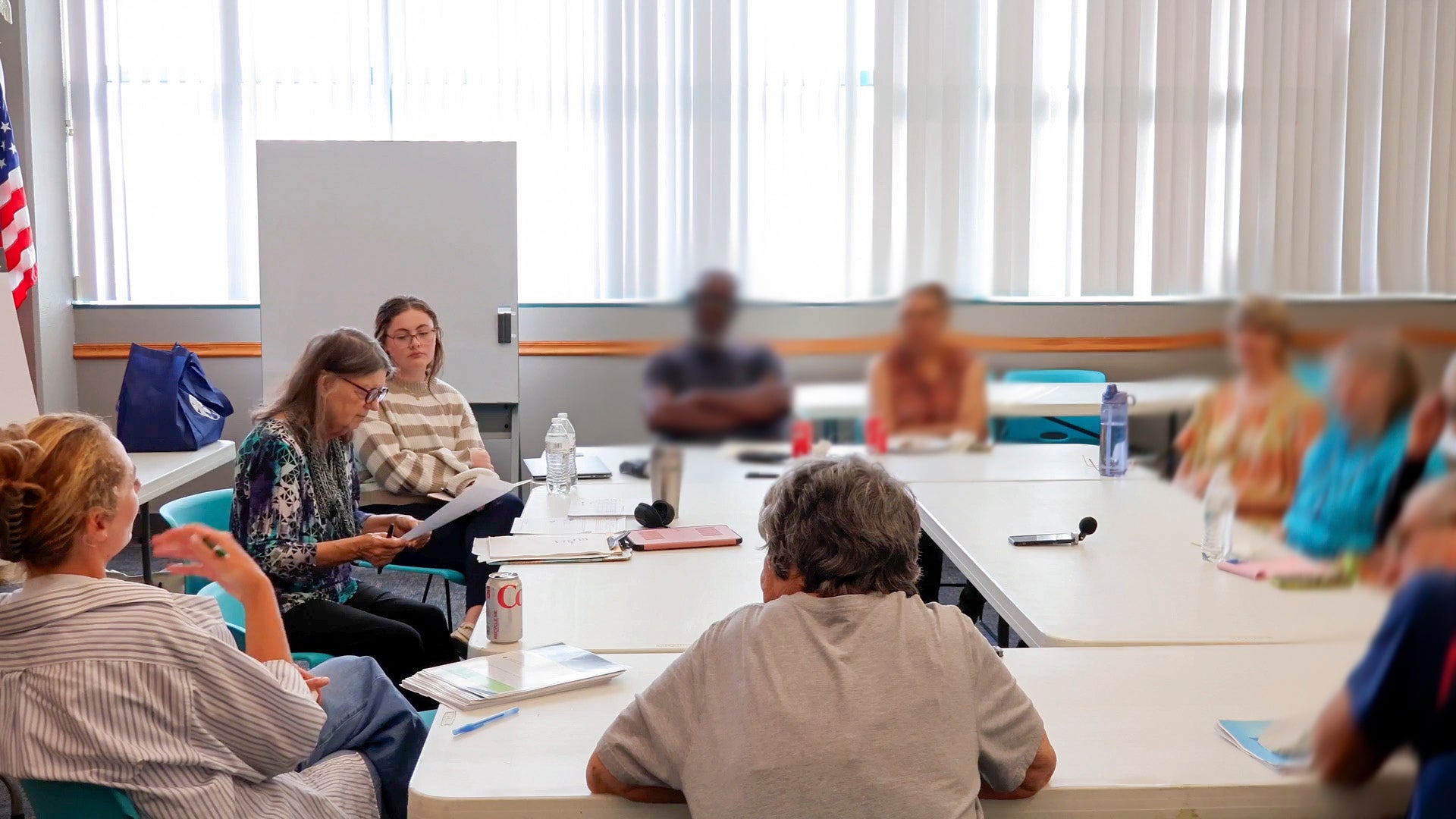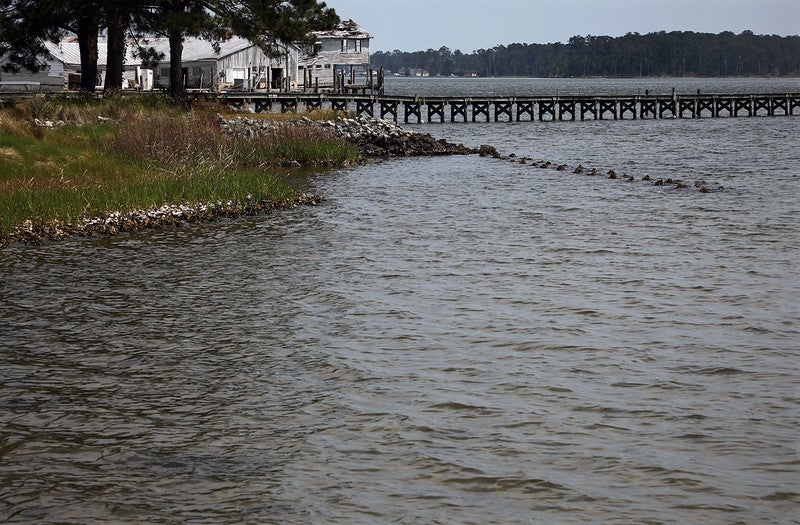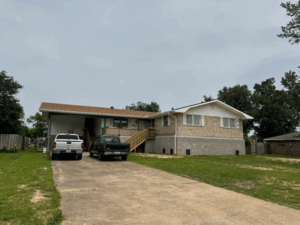
How states can successfully implement home elevation projects with the U.S. Army Corps of Engineers
By: Allie Olsonoski, Project Manager, Climate Resilient Coasts and Watersheds and Rachel Rhode, Manager, Climate Resilient Coasts and Watersheds
Flooding is a growing challenge for communities across the United States, particularly in coastal areas. More frequent and extreme storms, rising sea levels, coastal erosion and land subsidence (sinking) are putting people and property at greater risk. While many states and localities are actively working to reduce risk for communities, large infrastructure solutions like levees and seawalls aren’t always possible or practical—especially in rural areas.
In many cases, a more cost-effective solution is not to try to block the water, but to adapt to it. One approach that has been rising to the top is employing ‘nonstructural’ practices, namely home elevation.
As more states begin exploring home elevation programs, they will need to push for local engagement strategies in the communities where they work, in order to be successful.
Home elevation: a nonstructural solution with high potential
For decades, the U.S. Army Corps of Engineers (USACE) has been the leading agency working with communities and funding efforts to reduce flood risk through levees, floodwalls and ecosystem restoration. Beginning in the 1970s, USACE began also exploring other solutions that reduce the consequences of flooding rather than stopping the hazard itself–solutions it refers to as ‘nonstructural solutions.’
While relocation is often the safest option when a restoration project is not possible, it’s not always feasible or desired—especially in communities with deep cultural roots or generational family homes. Alternatively, raising homes above flood levels allows residents to remain in place, maintaining the fabric of their communities while significantly reducing the risk of life loss and costly damage. Today, more than 100,000 structures across the country have been identified as candidates for USACE-led nonstructural approaches.
For state and local leaders, home elevation programs with USACE offer a valuable addition to flood mitigation plans. Raising homes can be cost-effective and can often be implemented with fewer permitting hurdles than large-scale structural efforts. However, they do require a different set of strategies to implement.
Unlike other infrastructure projects, home elevations involve working with a large cohort of individuals, with participation being entirely voluntary. Success depends on building trust with homeowners, understanding their needs, and providing transparent communication throughout the process.
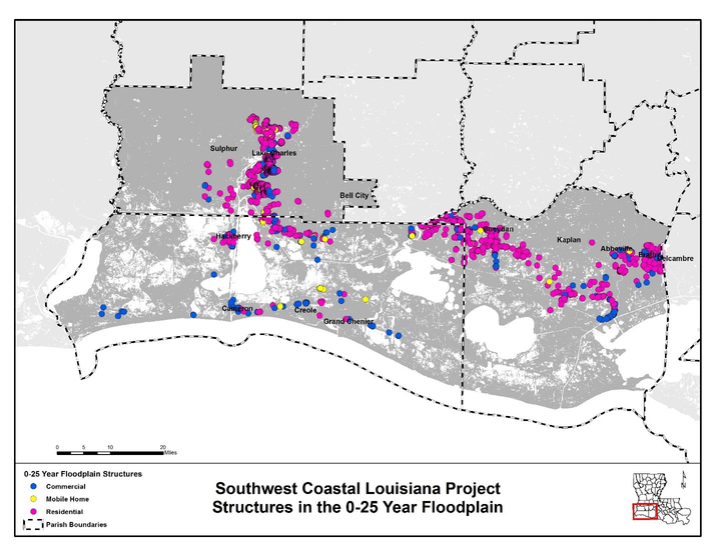
A case study from southwest coastal Louisiana
In the parishes of Calcasieu, Cameron, and Vermilion in southwest Louisiana, the risks of flooding are stark. These low-lying, flat coastal areas face increasing threats from hurricane storm surge, sea level rise, coastal erosion and the loss of wetlands. The people, local economy, natural environment, and cultural heritage which are all deeply tied to the land—are at risk.
In 2016, the USACE in conjunction with the Louisiana Coastal Protection And Restoration Authority identified approximately 3,900 homes and other properties at severe risk of flooding, and in 2023 began offering eligible residents an opportunity to elevate their homes at no cost (fully covered by federal funding). Yet despite the availability of support, applications have been lower than expected, and only one home has been elevated so far.
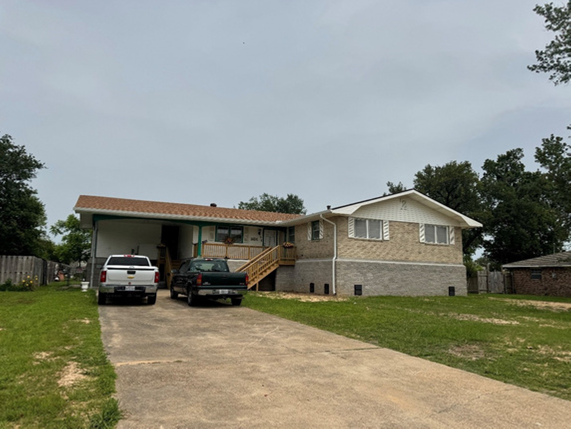
To better understand what is holding residents back, Environmental Defense Fund (EDF) conducted multiple focus groups and interviews with local homeowners and businesses in the parishes.
The findings revealed a clear desire among residents to make their homes safer. “I don’t want to go through what I did again,” one participant said.
At the same time, the study showed significant challenges that needed to be addressed. Many residents expressed skepticism and distrust—especially following past disasters and other federal recovery programs. Many residents were overwhelmed, given their homes are deeply personal, sharing concerns about eligibility, insurance, safety, access for older residents and more. Importantly, attitudes varied across parishes, highlighting the need for locally tailored engagement.
What states can do to build successful home elevation programs
The study found that for USACE-led home elevation programs to succeed, community outreach is not optional, it is essential. Success hinges on trust, transparency and one-on-one engagement. Local and state sponsors working with USACE on home elevation or other nonstructural programs should urge USACE to include the following strategies as part of the project:
- Start with local knowledge: Successful engagement begins with listening. Work with community members to understand the history, demographics and concerns.
- Communicate clearly and consistently: Residents need accurate, timely and easy-to-understand information on a range of topics from costs, to process, to physical impacts of elevation.
- Stay present throughout the process: Don’t disappear after a resident expresses interest or applies—regular follow-up can maintain momentum and build long-term relationships.
- Use diverse, two-way communication channels: Information should be shared via a mix of mailers, social media, ads and in-person outreach. Community members should have equal space to ask questions and share experiences.
- Partner with trusted local leaders: Churches, nonprofits, and community advocates can help bridge gaps in understanding and trust. “The best thing that we have found is people will trust local voices more than they will trust Mr. Federal Government that they’ve never met before,” said one resident.
- Engage in person whenever possible: Face-to-face conversations make a difference, especially in communities with past negative experiences. Consider showing interested residents completed elevations for more tangible understanding of the process.
Flood risk reduction requires layered strategies. Home elevation is one powerful tool where structural barriers like levees and seawalls may not be practical or desirable. By partnering with USACE to build strong community engagement strategies, state and local leaders can make this approach work on the ground. The time to act is now before the next storm tests our defenses.










